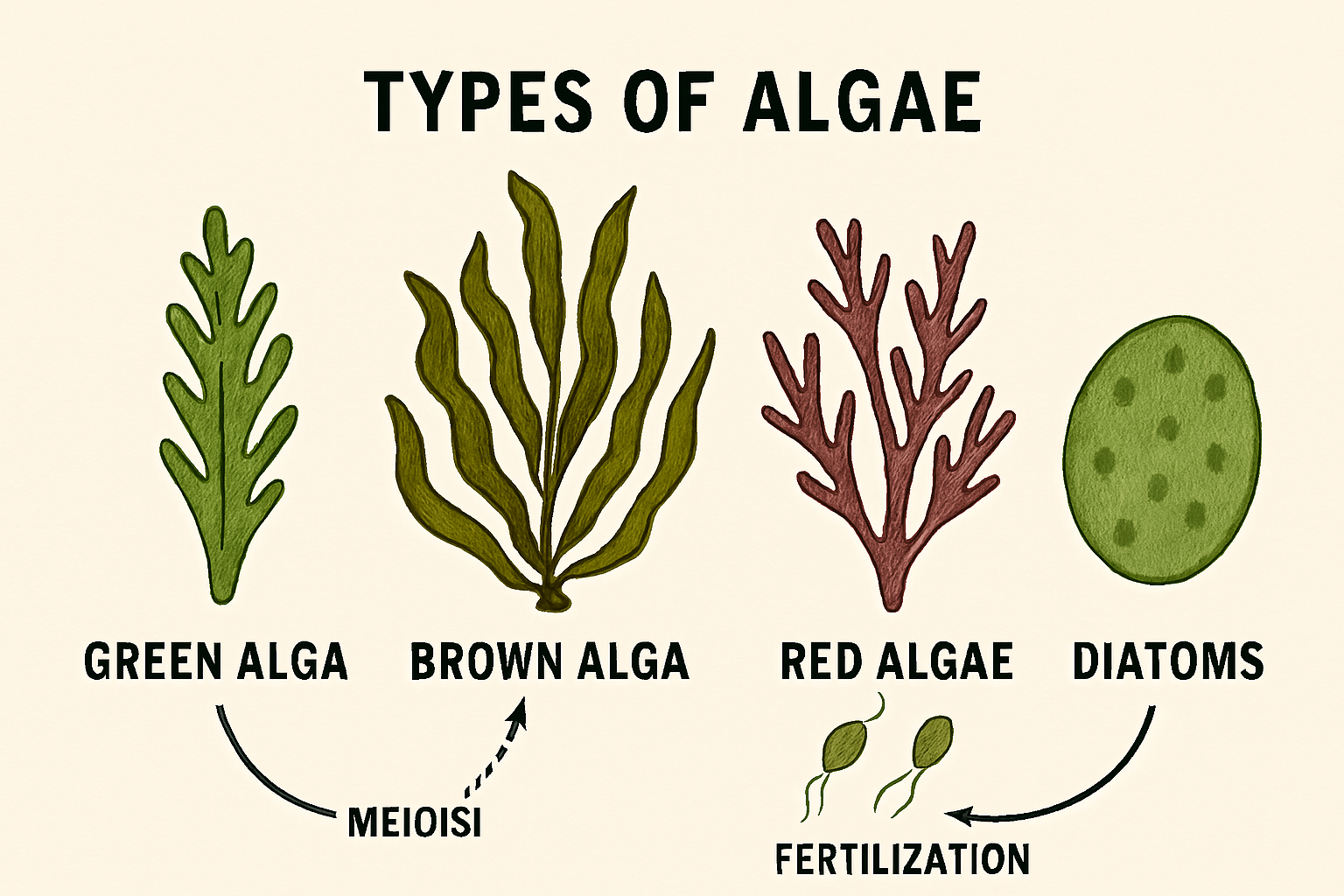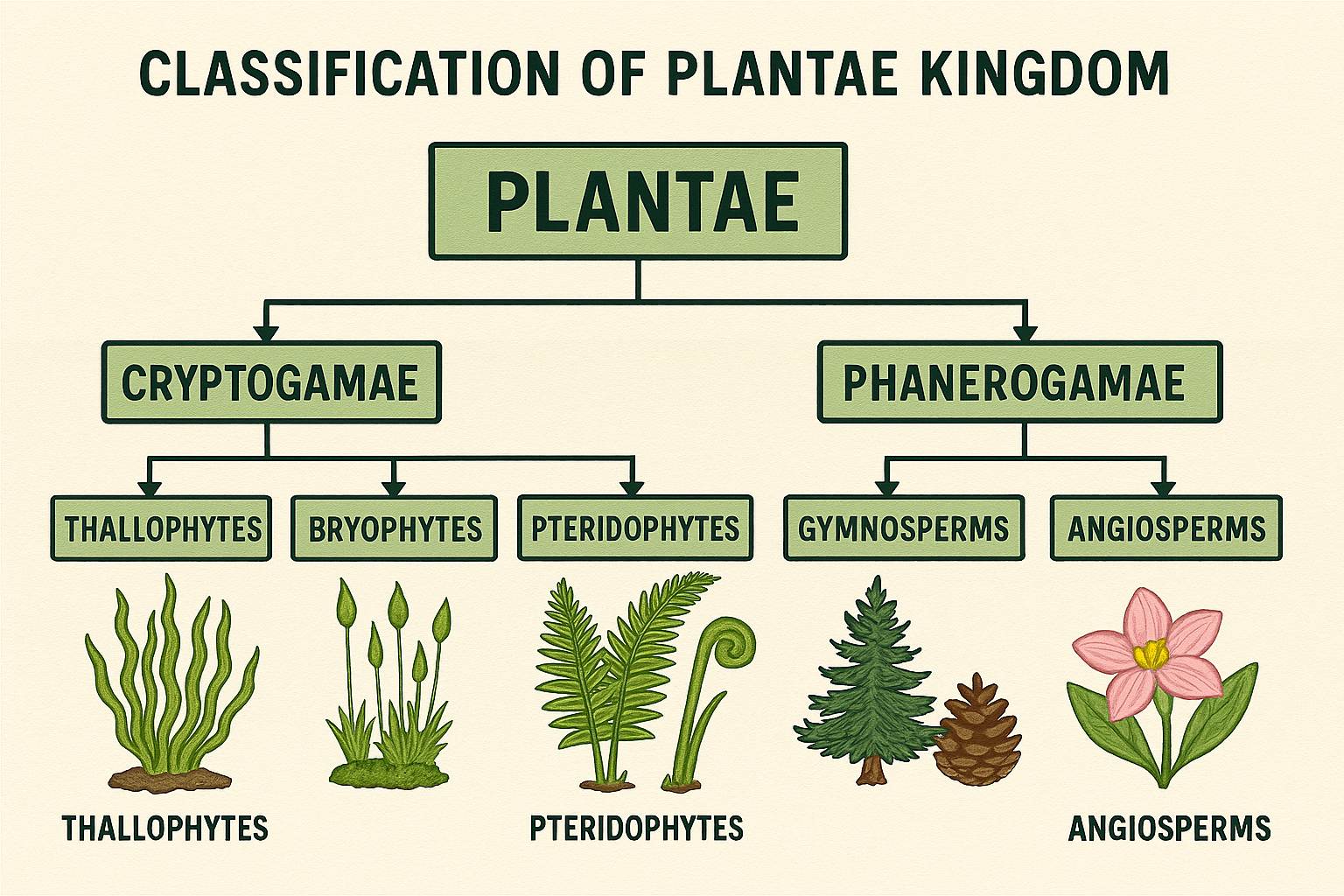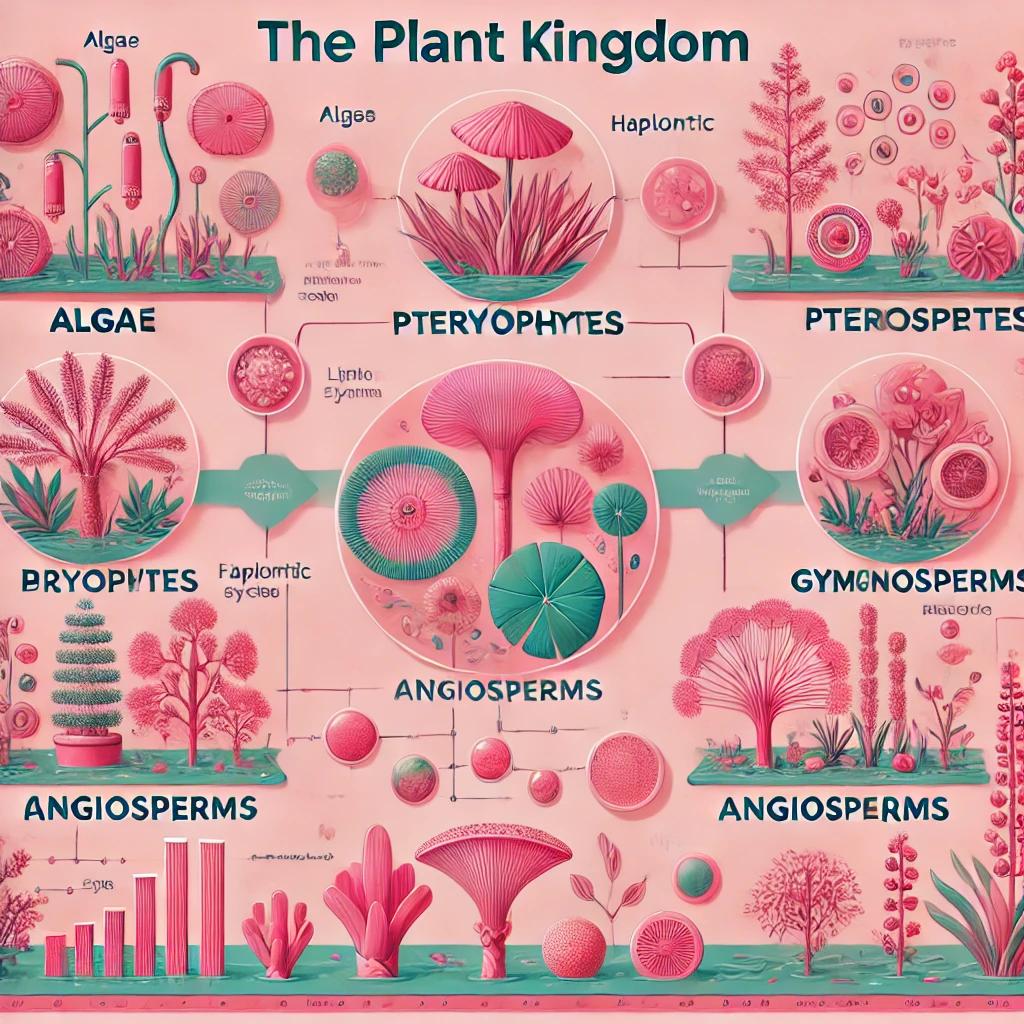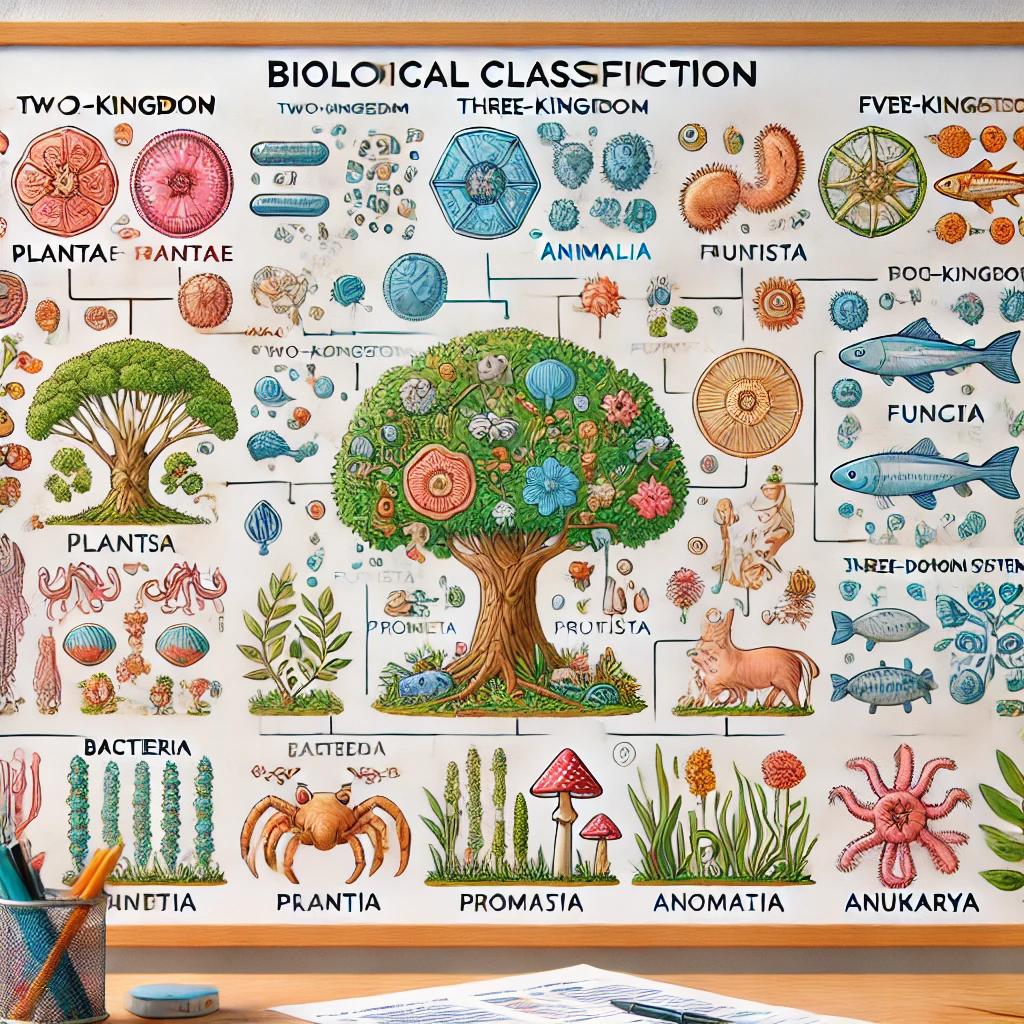The Animal Kingdom: A Comprehensive Guide
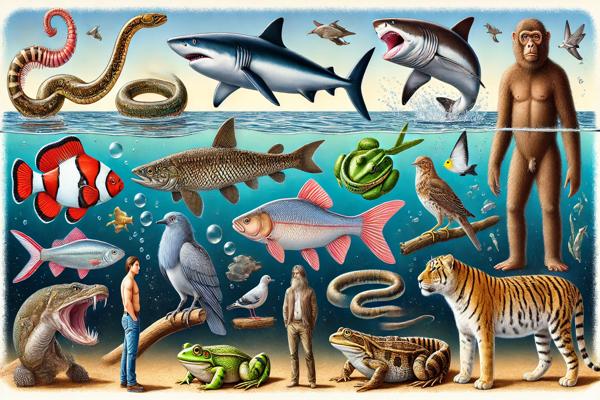
The Animal Kingdom, or Kingdom Animalia, is a vast and diverse realm that includes organisms ranging from simple sponges to complex mammals. This guide offers an in-depth exploration of the Animal Kingdom, delving into its levels of organization, classification, and distinctive features. Understanding this kingdom illuminates the evolutionary advancements and ecological importance of animals.
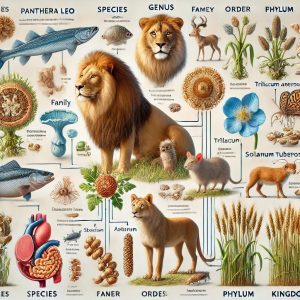
Levels of Organization in the Animal Kingdom
-
Body Symmetry
- Animals exhibit different types of body symmetry:
- Asymmetry: Found in simple organisms like sponges, where there is no definite shape. This type of symmetry allows these animals to adapt to irregular surfaces in their environment.
- Radial Symmetry: Observed in Ctenophora, Coelenterates, and adult Echinoderms, where the body can be divided into similar halves along multiple planes. Radial symmetry facilitates a sessile or free-floating lifestyle.
- Bilateral Symmetry: Found in more advanced organisms like annelids and arthropods, enabling streamlined movement and a distinct head-tail orientation. This is crucial for directional movement and predation.
- Animals exhibit different types of body symmetry:
-
Nature of Coelom (Body Cavity)
- Coelomate: True body cavity lined by mesodermal tissue (e.g., annelids, mollusks, echinoderms, chordates). The coelom allows for the development of complex organ systems such as the circulatory and digestive systems.
- Pseudocoelomate: Body cavity partially lined by mesoderm (e.g., Aschelminthes). This cavity provides a hydrostatic skeleton and space for internal organs.
- Acoelomate: No body cavity, as seen in flatworms (Platyhelminthes). The absence of a cavity limits the development of large organ systems.
-
Body Plan
- Cell Aggregate Plan: No tissue differentiation; cells function independently, as in sponges. This primitive body plan restricts complexity but supports efficient filtering.
- Blind Sac Body Plan: Single opening serves for both ingestion and excretion, found in Coelenterates. This plan is suitable for simpler feeding and digestion.
-
Embryonic Germ Layers
- Diploblastic: Animals have two germ layers (ectoderm and endoderm), as in Coelenterates. These layers give rise to simple tissues and structures.
- Triploblastic: Animals possess three germ layers (ectoderm, mesoderm, endoderm), enabling the formation of complex organs and systems, seen from Platyhelminthes to Chordates.
-
Segmentation
- Metamerism: Body is divided into repeated units or segments (e.g., earthworms). This segmentation enhances movement and flexibility and allows specialization of body parts.
-
Presence or Absence of Notochord
- Notochord Present: Found in chordates, this mesodermal rod-like structure provides support and serves as a precursor to the vertebral column.
- Notochord Absent: Non-chordates lack this structural feature and rely on other forms of support.
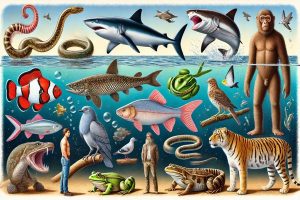
Classification of the Animal Kingdom
1. Phylum Porifera (Sponges)
- Characteristics:
- Primitive, marine organisms with asymmetrical bodies.
- Possess a unique water canal system (ostia → spongocoel → osculum).
- Digestion is intracellular, and skeletons are composed of spicules or spongin fibers.
- Reproduce asexually by fragmentation and sexually by gamete formation.
- Their body plan allows them to efficiently filter feed, extracting nutrients from water.
- Ecological Role: Act as natural water filters in marine ecosystems, maintaining water clarity and nutrient cycling.
- Examples: Sycon, Spongilla, Euplectella (Venus Flower Basket).
2. Phylum Coelenterata (Cnidaria)
- Characteristics:
- Aquatic, radially symmetrical organisms with tissue-level organization.
- Possess stinging cells (cnidocytes) on tentacles for defense and capturing prey.
- Exhibit polyp (sessile) and medusa (free-swimming) forms, often alternating between these in their life cycle (metagenesis).
- Corals, a subset of cnidarians, are responsible for building coral reefs, which support marine biodiversity.
- Ecological Importance: Cnidarians play a vital role in marine food webs and act as habitat-forming species.
- Examples: Hydra, Physalia (Portuguese Man of War), Aurelia (Jellyfish), Brain Coral.
3. Phylum Ctenophora (Comb Jellies)
- Characteristics:
- Marine, radially symmetrical, diploblastic organisms.
- Move using eight rows of ciliated comb plates, unique among animals.
- Exhibit bioluminescence, producing light naturally, which is thought to aid in communication and predation.
- Reproduction: Sexual, with external fertilization and indirect development.
- Examples: Pleurobrachia, Ctenoplana.
4. Phylum Platyhelminthes (Flatworms)
- Characteristics:
- Dorsoventrally flattened, bilaterally symmetrical, triploblastic, and acoelomate organisms.
- Parasitic forms possess hooks and suckers.
- Excretory system includes flame cells, which aid in osmoregulation and excretion.
- High regenerative capacity allows them to recover from injuries effectively.
- Medical Importance: Parasitic species like liver flukes (Fasciola) and tapeworms (Taenia) cause significant health issues in humans and livestock.
- Examples: Planaria, Taenia, Fasciola.
5. Phylum Aschelminthes (Roundworms)
- Characteristics:
- Free-living or parasitic, bilaterally symmetrical, triploblastic, and pseudocoelomate.
- Complete digestive system with separate sexes (dioecious).
- Economic Importance:
- Beneficial species aerate soil, while parasitic species cause diseases like elephantiasis (Wuchereria) and ascariasis (Ascaris).
- Examples: Ascaris, Wuchereria, Ancylostoma (Hookworm).
6. Phylum Annelida
- Characteristics:
- Segmented, coelomate organisms with organ-system-level organization.
- Closed circulatory system and excretory structures called nephridia.
- Locomotion aided by circular and longitudinal muscles.
- Ecological Role:
- Earthworms (referred to as “farmer’s friends”) improve soil fertility by aerating and decomposing organic matter.
- Some species, like leeches, are used in medical applications for bloodletting and anticoagulation.
- Examples: Earthworm (Pheretima), Leech (Hirudinaria), Nereis (Marine Annelid).
7. Phylum Arthropoda (Jointed Legs)
- Characteristics:
- Largest phylum, encompassing diverse forms with jointed appendages.
- Chitinous exoskeleton, segmented body, and open circulatory system.
- Respiratory organs vary: gills, book lungs, or trachea.
- Economic Importance:
- Pollinators like honeybees are crucial for agriculture.
- Many species, like mosquitoes and houseflies, act as vectors of diseases.
- Marine species like prawns and crabs are economically significant as seafood.
- Examples: Apis (Honeybee), Bombyx (Silkworm), Araneus (Spider).
8. Phylum Mollusca
- Characteristics:
- Soft-bodied, coelomate organisms with a calcareous shell.
- Body consists of a head, muscular foot, and visceral hump.
- Possess a radula for feeding and gills for respiration.
- Economic Importance:
- Pearls produced by oysters (Pinctada) are highly valuable.
- Edible species like squids, clams, and scallops form a significant part of seafood cuisine.
- Examples: Snail, Octopus, Pila (Apple Snail).
9. Phylum Echinodermata (Spiny-Skinned Animals)
- Characteristics:
- Marine, radially symmetrical adults with calcareous endoskeletons.
- Unique water vascular system aids in locomotion, feeding, and respiration.
- Examples: Starfish, Sea Urchin, Sea Cucumber (Holothuria).
10. Phylum Hemichordata
- Characteristics:
- Marine, bilaterally symmetrical organisms with a proboscis, collar, and trunk.
- Open circulatory system and external fertilization.
- Examples: Balanoglossus, Saccoglossus.
11. Phylum Chordata
- Characteristics:
- Presence of notochord, dorsal nerve cord, and post-anal tail.
- Closed circulatory system with a ventral heart.
Subphylum Vertebrata
- Vertebrates include jawless fishes (Cyclostomata), cartilaginous fishes (Chondrichthyes), bony fishes (Osteichthyes), amphibians, reptiles, birds, and mammals.
Classes of Vertebrates:
- Cyclostomata: Jawless vertebrates (e.g., Lamprey).
- Chondrichthyes: Cartilaginous fishes with powerful jaws (e.g., Shark).
- Osteichthyes: Bony fishes with air bladders for buoyancy (e.g., Rohu).
- Amphibia: Live in both aquatic and terrestrial habitats (e.g., Frog).
- Reptilia: Scaly-skinned, oviparous organisms (e.g., Snake).
- Aves: Feathers and beaks, adapted for flight (e.g., Pigeon).
- Mammalia: Hair, mammary glands, and a four-chambered heart (e.g., Human).
Cyclostomata (Jawless Vertebrates)
- Characteristics:
- These are the most primitive vertebrates.
- Body is elongated and eel-like, without scales.
- Notochord persists throughout life.
- Lack jaws; instead, they have circular, sucking mouths for feeding.
- Cartilaginous skeleton without vertebrae.
- Possess a single median nostril.
- Two-chambered heart and a simple digestive system.
- Habitat:
- Found in marine and freshwater environments.
- Many are parasitic, feeding on the blood and body fluids of other fish.
- Examples: Lamprey (Petromyzon), Hagfish (Myxine).
Chondrichthyes (Cartilaginous Fishes)
- Characteristics:
- Skeleton made entirely of cartilage, not bone.
- Skin is covered with placoid scales (tooth-like structures).
- Powerful jaws with replaceable teeth.
- Lack an air bladder, so they must keep swimming to stay buoyant.
- Gills are uncovered and lack an operculum (gill cover).
- Internal fertilization is common.
- Habitat:
- Predominantly marine.
- Found in coastal waters as well as the open ocean.
- Reproductive Features:
- Can be oviparous (egg-laying), ovoviviparous (eggs hatch inside the body), or viviparous (live birth).
- Examples: Shark (Carcharodon), Rays (Dasyatis).
Osteichthyes (Bony Fishes)
- Characteristics:
- Skeleton made of bone.
- Body covered with cycloid or ctenoid scales.
- Presence of an operculum covering the gills.
- Air bladder (or swim bladder) helps in buoyancy.
- Two-chambered heart.
- External fertilization is most common.
- Habitat:
- Found in both freshwater and marine environments.
- Reproductive Features:
- Most are oviparous.
- Examples: Rohu (Labeo rohita), Catfish (Clarias), Salmon (Salmo).
Amphibia
- Characteristics:
- Dual life: Spend part of their life in water and part on land.
- Moist, glandular skin that helps in respiration (cutaneous respiration).
- Larvae are aquatic with gills, while adults have lungs.
- Three-chambered heart.
- Cold-blooded (ectothermic).
- External fertilization is common.
- Habitat:
- Prefer moist environments such as swamps, ponds, and forests.
- Reproductive Features:
- Lay eggs without shells in water.
- Examples: Frog (Rana), Toad (Bufo), Salamander (Ambystoma).
Reptilia
- Characteristics:
- Dry, scaly skin that prevents water loss.
- Most have a three-chambered heart (except crocodiles, which have four chambers).
- Respire through lungs only.
- Ectothermic (cold-blooded).
- Internal fertilization; most are oviparous, laying eggs with leathery shells.
- Habitat:
- Found in terrestrial, aquatic, and semi-aquatic environments.
- Reproductive Features:
- Eggs are often laid in protected areas, and some species show parental care.
- Examples: Snake (Naja), Lizard (Varanus), Crocodile (Crocodylus).
Aves
- Characteristics:
- Body covered with feathers, and forelimbs modified into wings for flight.
- Beak without teeth.
- Light, hollow bones adapted for flight (pneumatic bones).
- Warm-blooded (endothermic).
- Four-chambered heart.
- Lungs supplemented by air sacs for efficient respiration.
- Lay hard-shelled eggs (oviparous).
- Habitat:
- Found in diverse environments ranging from forests and wetlands to mountains and urban areas.
- Reproductive Features:
- Show extensive parental care.
- Examples: Pigeon (Columba), Sparrow (Passer), Ostrich (Struthio).
Mammalia
- Characteristics:
- Presence of hair or fur on the body.
- Mammary glands produce milk for feeding young.
- Four-chambered heart for efficient circulation.
- Endothermic (warm-blooded).
- Teeth are specialized for different functions (heterodont dentition).
- Presence of diaphragm to assist in breathing.
- Highly developed nervous system.
- Habitat:
- Found in terrestrial, aquatic, aerial, and arboreal environments.
- Reproductive Features:
- Most are viviparous (except monotremes like the platypus which lay eggs).
- Show extensive parental care.
- Examples: Human (Homo sapiens), Tiger (Panthera tigris), Whale (Balaenoptera).
Each group plays a significant role in ecosystems and displays fascinating adaptations for survival in its respective habitat! Let me know if you’d like more details on any specific group.
Conclusion
The Animal Kingdom exhibits unparalleled diversity, with each phylum showcasing unique adaptations and ecological roles. From simple sponges that filter water to mammals that dominate terrestrial ecosystems, the evolutionary journey of animals highlights the complexity and beauty of life on Earth. Understanding this kingdom fosters a deeper appreciation for biodiversity and the intricate connections within nature.
Read also
- Cyclostomata – Britannica
- Chondrichthyes – National Geographic
- Osteichthyes – Encyclopedia.com
- Amphibia – Animal Diversity Web
- Reptilia – Biology Online
- Aves – Cornell Lab of Ornithology
- Mammalia – Encyclopedia of Life
- https://alisciences.com/the-plant-kingdom-a-comprehensive-overview/
- https://alisciences.com/comprehensive-overview-of-biological-classification/
Hi, I’m Hamid Ali, an MSc in Biotechnology and a passionate Lecturer of Biology with over 11 years of teaching experience. I have dedicated my career to making complex biological concepts accessible and engaging for students and readers alike.
Beyond the classroom, I’m an avid blogger, sharing insights, educational resources, and my love for science to inspire lifelong learning. When I’m not teaching or writing, I enjoy exploring new advancements in biotechnology and contributing to meaningful discussions in the scientific community.
Thank you for visiting my blog! Feel free to connect and explore more of my work.




